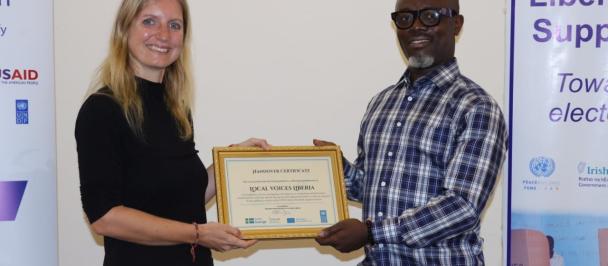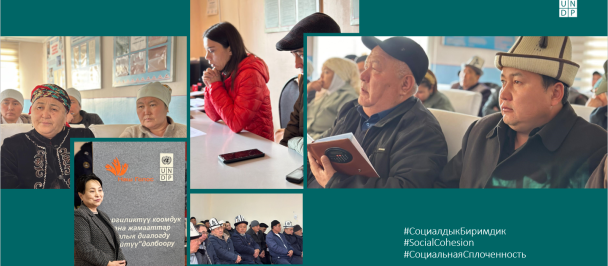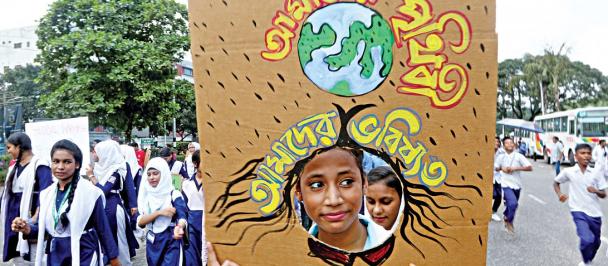The Small Island Nation looking to lead the way on Integrated Border Management
June 15, 2023
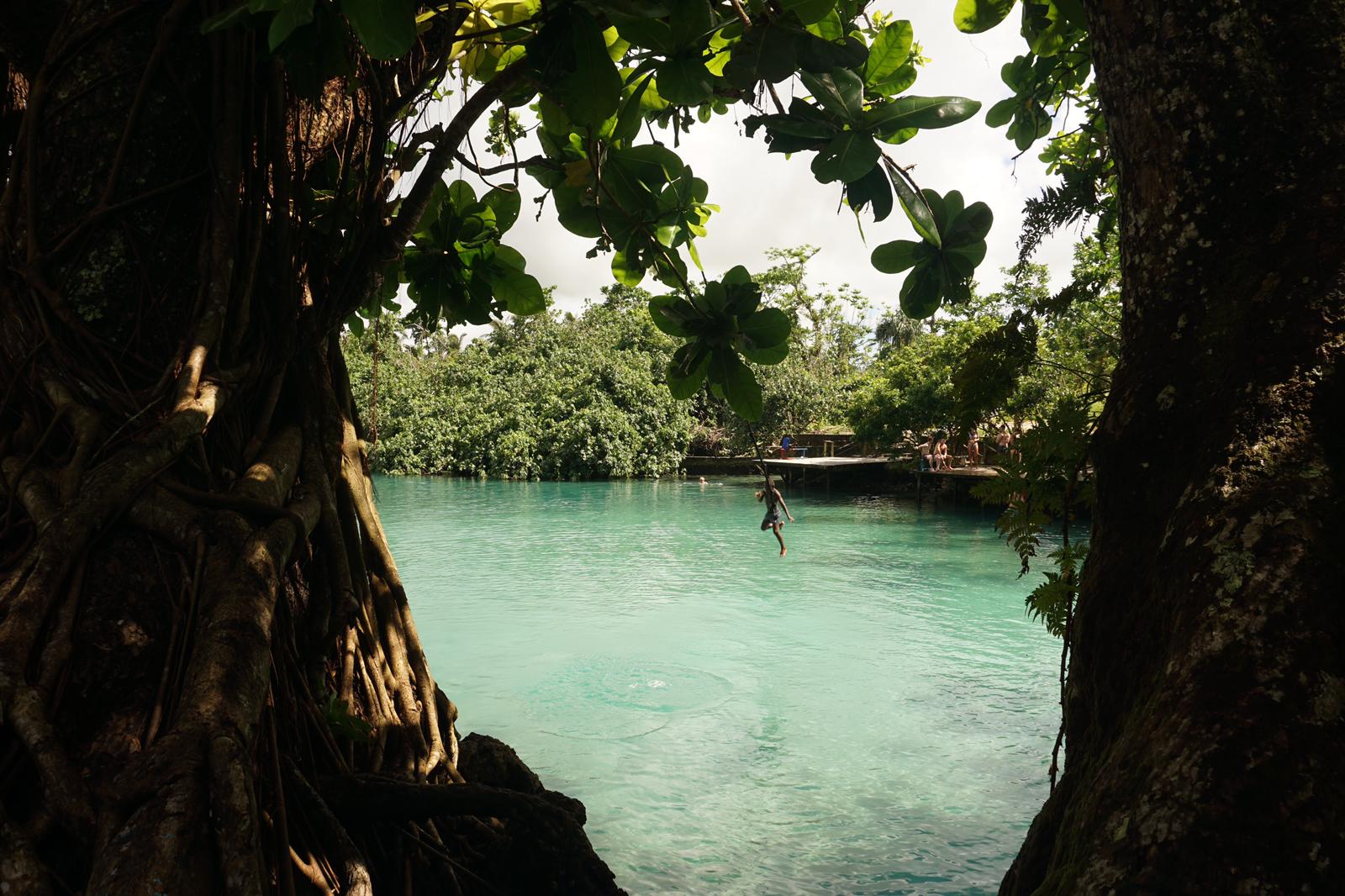
Safety and security remains paramount in Vanuatu, a country with a thriving tourism industry.
For a country with population of just over 300,000 people, consisting of 83 islands – of which only 65 are said to be inhabited – the tiny Pacific nation of Vanuatu was a global leader when it came to preventing community transmission of COVID-19.
Quick-thinking government action saw borders closed and a taskforce created, which witnessed the Department of Customs and Inland Revenue contributing to the development of effective procedures for both cargo and passenger processing.
Vanuatu closed its borders in March 2020, at the height of global uncertainty surrounding COVID-19. With strict quarantine requirements in place a capped number of residents and visa holders were permitted to enter the country following this, international tourists were allowed entry back to the country from 1 July 2022.
With its economy so heavily reliant upon tourism – accounting for 40 percent of Vanuatu’s GDP prior to the pandemic – the re-opening of borders in a well-controlled and secure manner was paramount.
An Integrated Approach to Border Management
Effective coordination and multi-agency collaboration was a key tool for success in Vanuatu, and as we progress to post-COVID-19 world, an integrated approach to border management will enhance the chances of early risk or threat identification, meaning scarce resources can be diverted to areas of need.
But what do we mean by an integrated approach to border management?
According to the European Commission, integrated border management (IBM) refers to “national and international coordination and cooperation among all relevant authorities and agencies involved in border security and trade facilitation to establish effective, efficient and coordinated border management at the external borders, in order to reach the objective of open, but well controlled and secure borders.”
For Vanuatu, a country where resources can be limited, the value of this concept lies in the fact that a properly integrated approach to border management shares the systems, resources and skills of agencies, stakeholders, countries and regions to manage ever-increasing complexity and volumes more effectively and at reduced cost per traveller.
Haddon Wright, a migration and border management consultant who worked with the Government of Vanuatu and the International Organization for Migration (IOM) on the development of its IBM Strategy, said that the approach does not come naturally, instead it is more of a directed process.
“It’s a very important part of border control, bringing together modern border control methodologies, seeking greater efficiencies across agencies so they can work together to identify low-risk and high-risk travel and trade,” he said.
Wright added that without an integrated approach, countries throw caution to the wind regarding border safety and security.
“The desired outcome centres on effective and efficient border control, and countries whose agencies operate in an uncoordinated manner run the risk of not sharing valuable information that would otherwise allow threats to be detected,” Wright said.
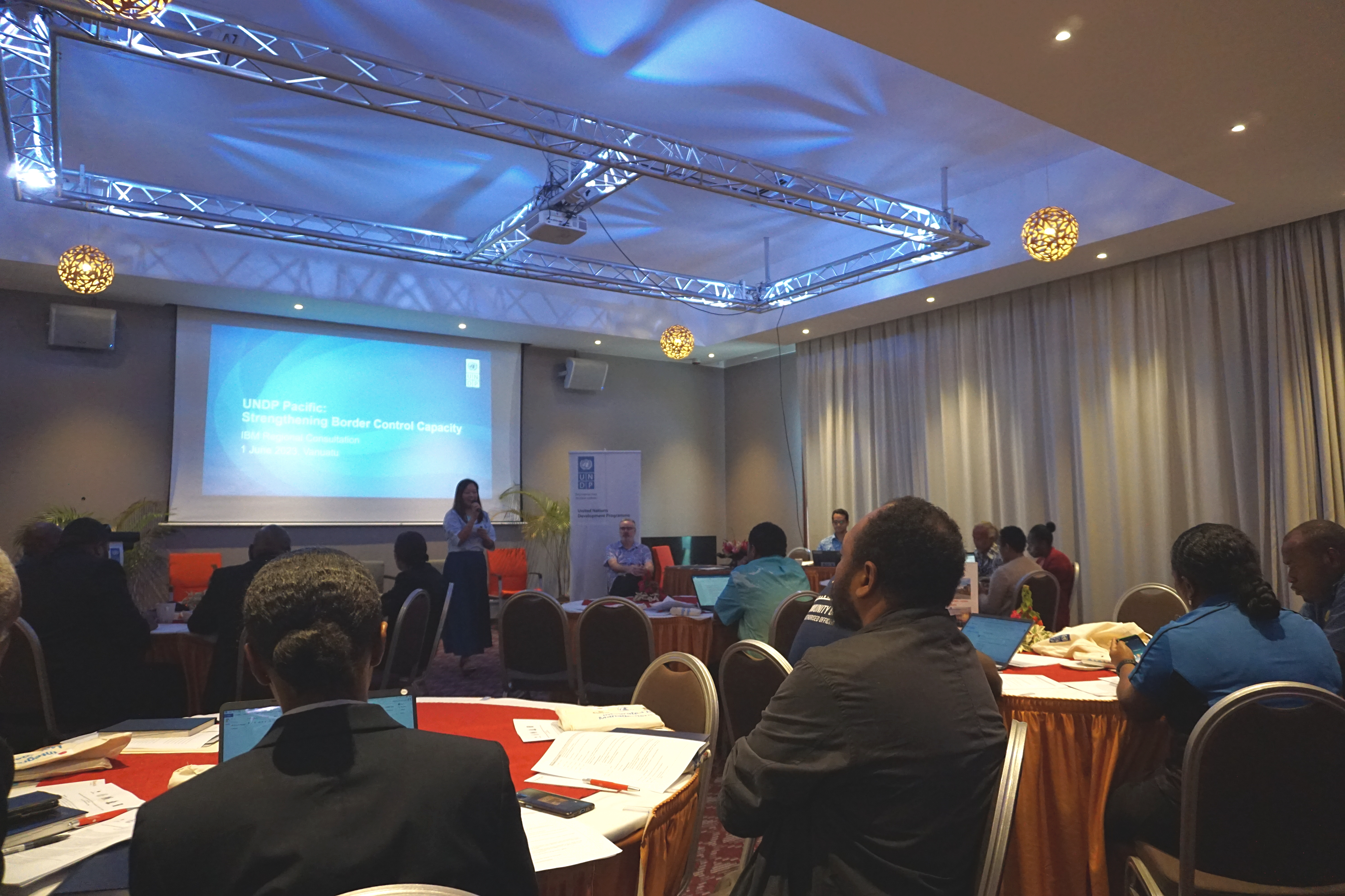
Participants at the recent national consultation on Vanuatu’s border management strategy.
Establishing a Joint Border Risk Assessment Centre
Following the adoption of Vanuatu’s IBM Strategy, a key plank rests on the establishment of a joint Border Risk Assessment Centre (BRAC).
In 2022, the United Nations Development Programme (UNDP) Pacific Office in Fiji facilitated an initial consultation session alongside IOM, that brought together key officials from various departments such as the Ministry of National Security Council, Internal Affairs, Immigration, Passport Services, Health, Customs and Inland Revenue, Biosecurity, and Tourism.
During this session, participants recognised the importance of establishing a joint BRAC, along with a National Integrated Border Management Governance Committee.
John Ezra, Director of the Department of Strategic Policy, Planning and Aid Coordination with the Government of Vanuatu, said that preparedness for any traditional or non-traditional threats at the country’s borders remained a government priority.
“As a small island developing state, we are at a critical juncture in regard to ensuring we are ready for what comes next, particularly in terms of managing and improving our processes and protocols," he said.
The joint BRAC will introduce a risk-based, intelligence-driven, coordinated approach to border management and will be the nerve centre of government and partners for managing border risk matters related to both inbound and outbound travellers. Long-term the joint BRAC would see its role expanded to include the assessment of travellers against pre-travel Advance Passenger Information data to prevent uplift and entry of prohibited immigrants, and to risk-profile other travellers aboard aircraft, and potentially into the future, cruise ships.
Collins Gesa, Deputy Director with the Department of Customs and Inland Revenue said the joint BRAC would improve the efficiency and effectiveness of border management processes in his country.
“It’s a must for us, a must for our young country. The world is a small global village, we need to adapt and adopt best practice, and the establishment of a Joint Border Risk Assessment will see multiple agencies work together for the national interest of the country,” he said.
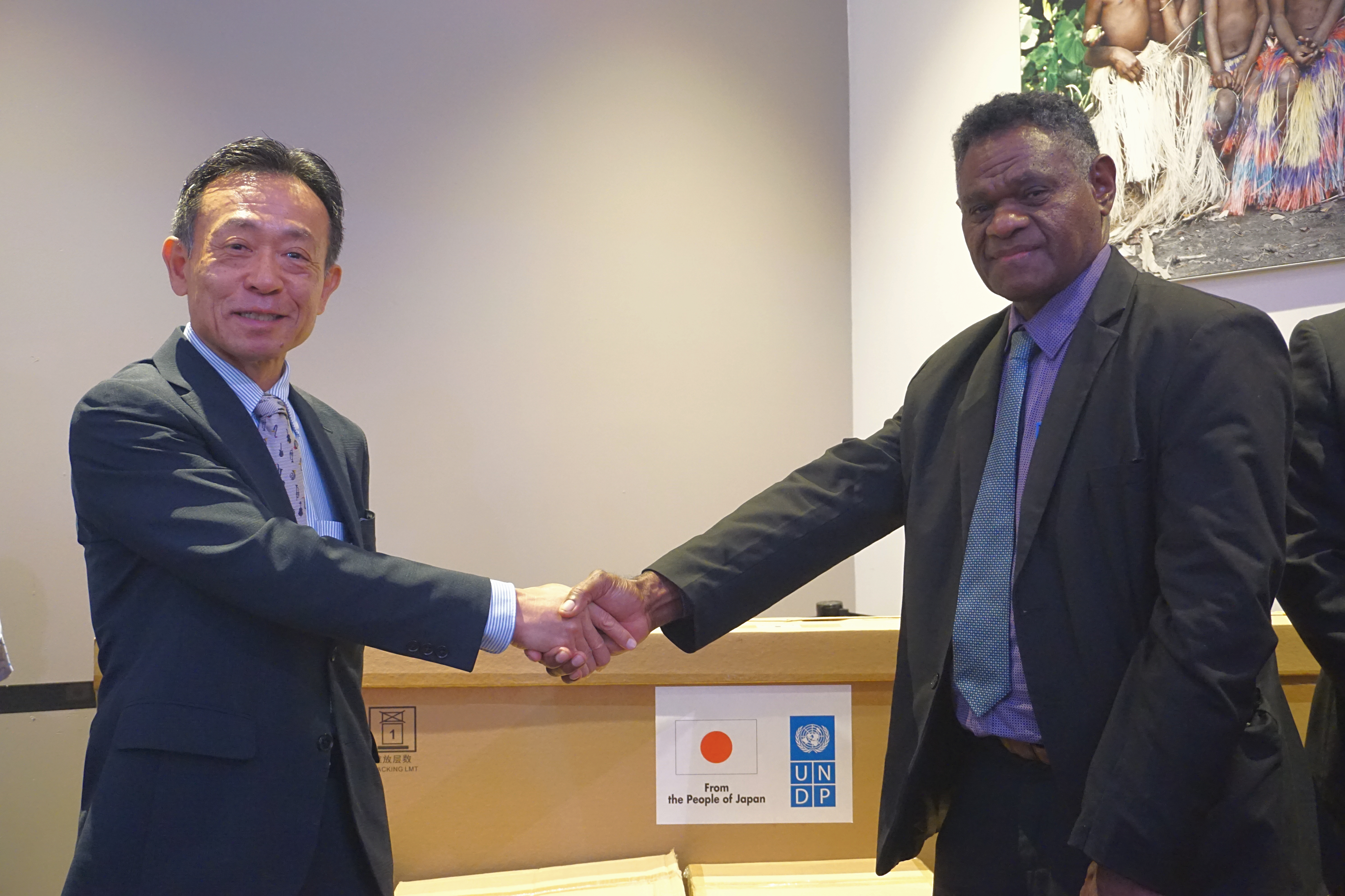
Ambassador of Japan to the Republic of Vanuatu, His Excellency Chiba Hirohisa (left), presents a range of border safety equipment to Mr. John Ezra, Director of the Department of Strategic Policy, Planning and Aid Coordination with the Government of Vanuatu.
The Support Structure Behind This Work
This works continues to be supported by the Government of Japan, whose unwavering commitment to strengthening border management practices and procedures across the Pacific comes via UNDP’s Integrated Border Management Project.
The project works not only in Vanuatu, but also with the Pacific Island countries of Fiji and Palau, its aim being to support these three countries in their reinforcement of capacities, capabilities, and systems for effective and efficient movement of travellers and cargo, and to strengthen links for data and knowledge sharing, inter-agency and cross-regional cooperation.
Ambassador of Japan to the Republic of Vanuatu, His Excellency Chiba Hirohisa, said the stable and autonomous development of the region was crucial for the prosperity of not just the Pacific, but the world.
“A key priority area for our government lies in COVID-19 response and recovery, with this priority linking with the key thematic areas of the Integrated Border Management Project.
“We know that many of these changes may well come about slowly, but this work is yet another stepping stone towards the Pacific region and the three recipient countries regaining the social and economic benefits, along with the supply chain security, that were present prior to the COVID-19 pandemic,” the Ambassador said.
UNDP Pacific Office in Fiji Effective Governance Team Leader (Officer in Charge), Rustam Pulatov, praised the dedication of the Government of Vanuatu and key implementing partners in advancing a comprehensive strategy for border management.
“Dialogue and information sharing is crucial when implementing an IBM strategy, something that lies at the very core of this project. Through the establishment of a joint Border Risk Assessment Centre, Vanuatu continues to be at the forefront of best practice across the Pacific, and UNDP looks forward to working with our partners over the coming months to see this facility come to life,” he said.
Future Steps
Identifying a suitable location is the obvious first step for the establishment of Vanuatu’s joint BRAC. Whether it be at Vanuatu’s main port of entry, Bauerfield International Airport, or a central location within the capital, Port Vila, the location must be fit-for-purpose and one that provides sufficient space for the many key agencies who will be located within the centre.
In the Vanuatu context, a shared service environment has the potential to reduce expenses for agencies and interagency development costs, as well as the overall costs associated with maintaining support technologies at the country and regional levels.
Whatever the operating model and location in Vanuatu looks like upon completion, these arrangements will result in substantial cost savings through economies of scale, and Vanuatu continuing to be ahead of the curve when it comes to border management work in the region.
UNDP’s Integrated Border Management Project is supported in its implementation across Fiji, Palau and Vanuatu by IOM, and the United Nations Conference on Trade and Development.

 Locations
Locations
